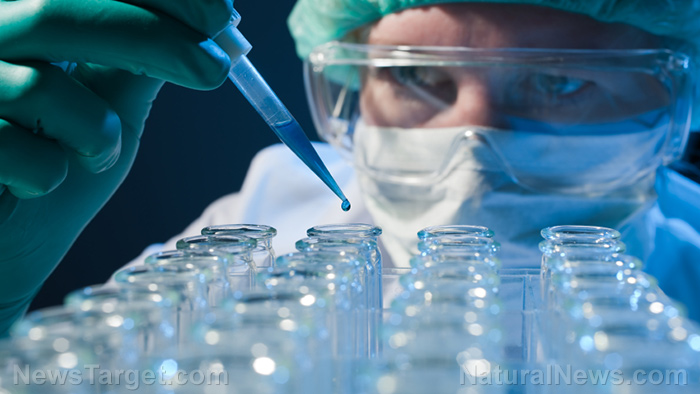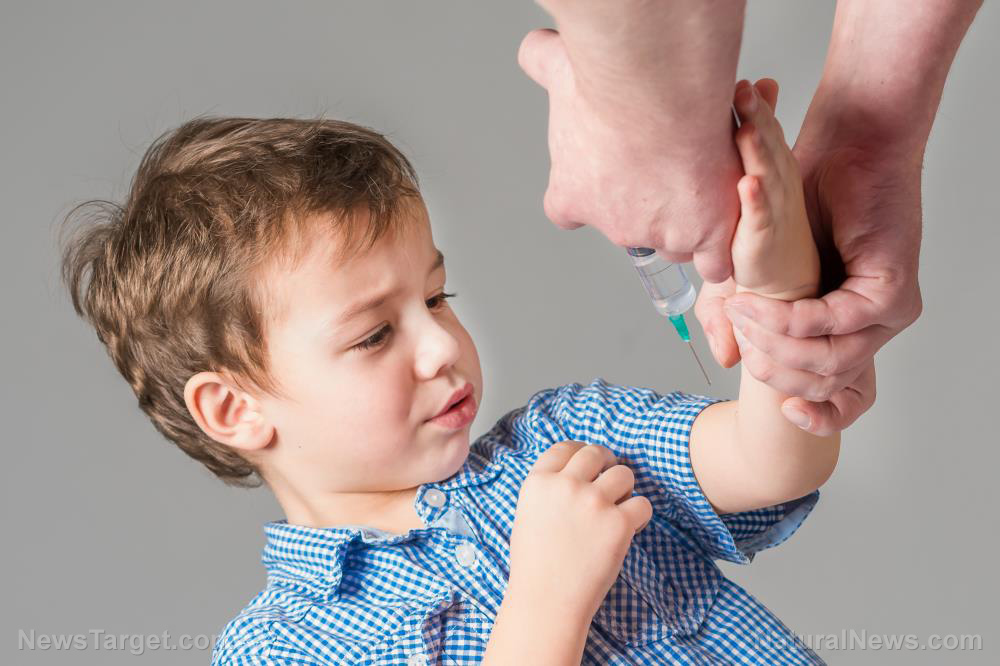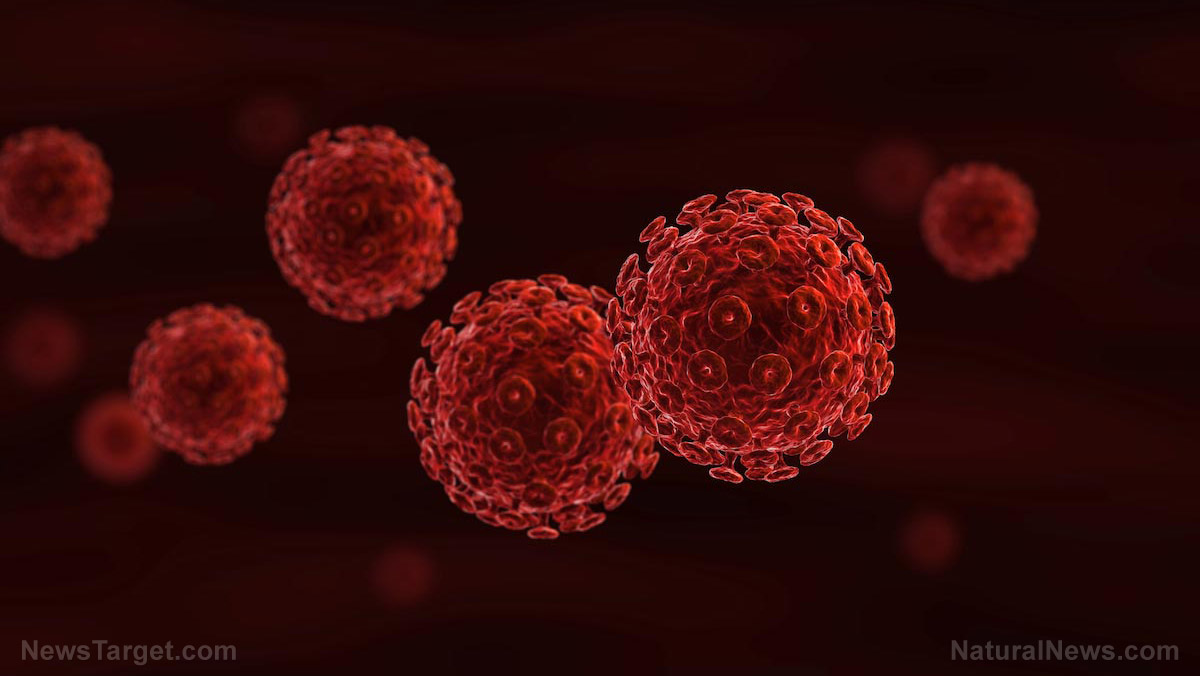Why are 5,000 people dying globally every day from a curable disease?
10/27/2018 / By Zoey Sky

Tuberculosis, or TB, is one of the top 10 causes of death around the world. In 2016, 10.4 million people were diagnosed with TB and 1.7 million died. At least 95 percent of these deaths were among people whose immune systems were damaged by HIV, according to the World Health Organization (WHO). However, experts are worried because despite the statistics, this disease can actually be cured.
[Editor’s note: Nearly all TB patients are chronically deficient in vitamin D. A simple, low-cost nutrient provides astonishing protection against both acquiring the infectious disease as well as spreading it. Isn’t it interesting that the medical establishment focuses on using chemotherapy chemicals to treat TB instead of preventing it with vitamin D? There’s no profit in low-cost vitamins, of course…]
The International Consortium for Trials of Chemotherapeutic Agents in Tuberculosis (INTERTB) group of experts meeting at St. George’s was organized by Dr. Amina Jindani, an Honorary Senior Lecturer. INTERTB is a consortium of all the groups in the world that conduct trials to improve treatment for drug-sensitive TB, and since 2009 they have met annually at St. George’s. Dr. Jindani was involved in some of the first TB drugs trials five decades ago.
She said, “When I started working in TB, the treatment was 18 months, and although the regimen was very effective, 18 months was just too long, and very few people completed the treatment.” She added that when two new drugs became available in the 1960s, rifampicin and pyrazinamide, from preclinical studies, it was believed that they could shorten the treatment duration.
But despite “having a very effective six-month treatment,” the annual incidence of TB was not decreasing and the annual mortality is still at almost two million. Dr. Jindani expressed concern at the fact that 5,000 people die daily because of TB even though it is a curable disease.
She commented, “We have a safe, well-tolerated, highly effective treatment regimen but six months is still too long. After the first two months they feel well again, and so they stop taking their treatment… Then they relapse – if they relapse with drug-sensitive organisms that’s fine, but sometimes they relapse with drug-resistant organisms. What we need is an effective vaccine, but in the absence of that, the only thing we can do to encourage compliance and completion of treatment, and increase the cure rates, is to reduce treatment duration.”
Instead of using new drugs, Dr. Jindani is working to make one of the existing drugs – rifampicin – more effective by increasing its dose. It is believed that increasing the dose of the drug can cut down the treatment time down to four months. She is leading a new trial, RIFASHORT, that will test if using higher doses of rifampicin can cure TB in just four months of treatment. (Related: Hemp seeds cure tuberculosis – forbidden medicine.)
According to the doctor, in one arm they’re doubling the dose of rifampicin. For another, they are tripling the dose of rifampicin for four months. Her team is basing these trials due to some pre-clinical evidence that doing so might kill off the persisting bacteria. She adds that their goal is “to eliminate the persistent bacteria.”
However, one must be cautious when it comes to vaccines for diseases like TB, which can often have adverse side effects.
Natural remedies for TB
Boost your immune system with these natural remedies for managing TB:
- Garlic — Rich in sulfuric acid, garlic can destroy the germs that cause TB. It also contains allicin and ajoene, which can help inhibit bacterial growth. Because of its antibacterial properties and immune-boosting effect, garlic is highly beneficial for a TB patient.
- Bananas –– Bananas are full of nutrients and calcium that can boost a TB patient’s immune system. Bananas can also help alleviate cough and fever.
- Indian gooseberry — Also called amla, Indian gooseberry has anti-inflammatory and antibacterial properties. The various nutrients in Indian gooseberry provide energy and can enhance the body’s capacity to function properly.
You can read more articles about disease prevention at Prevention.news.
Sources include:
Tagged Under: disease treatments, Diseases, drug addiction, HIV, immune system, infectious disease, outbreak, pharmaceutical drugs, tuberculosis, vaccines


















